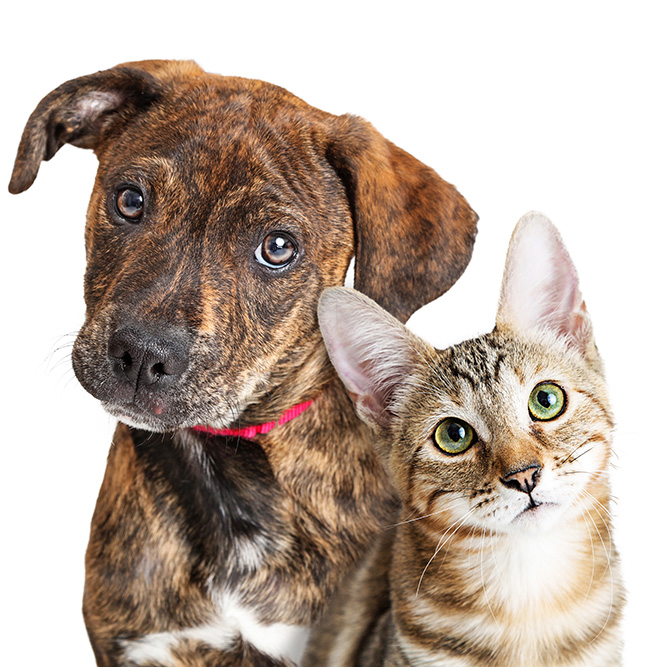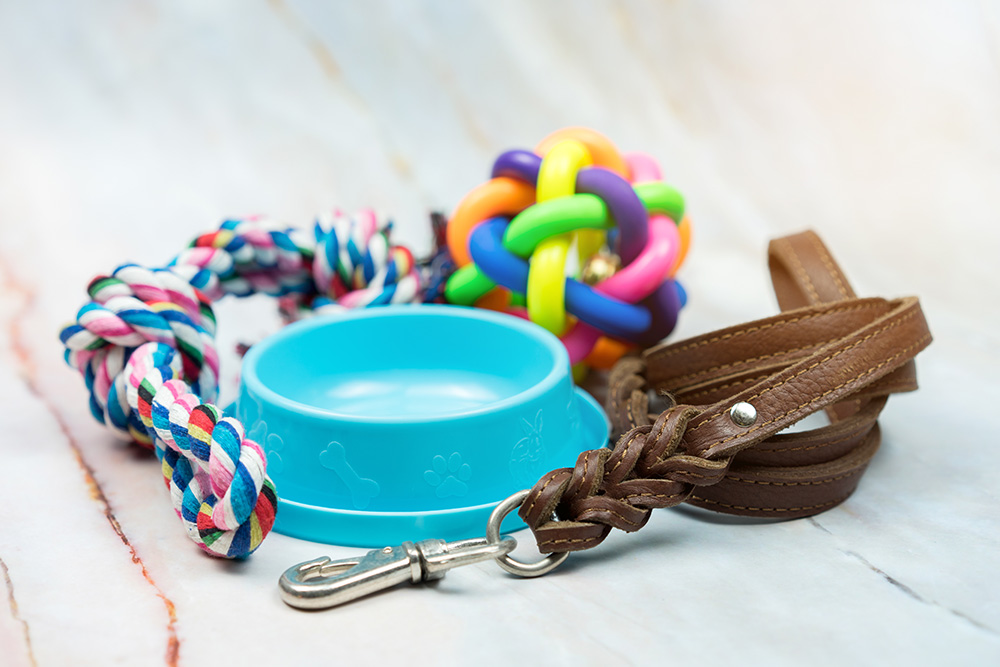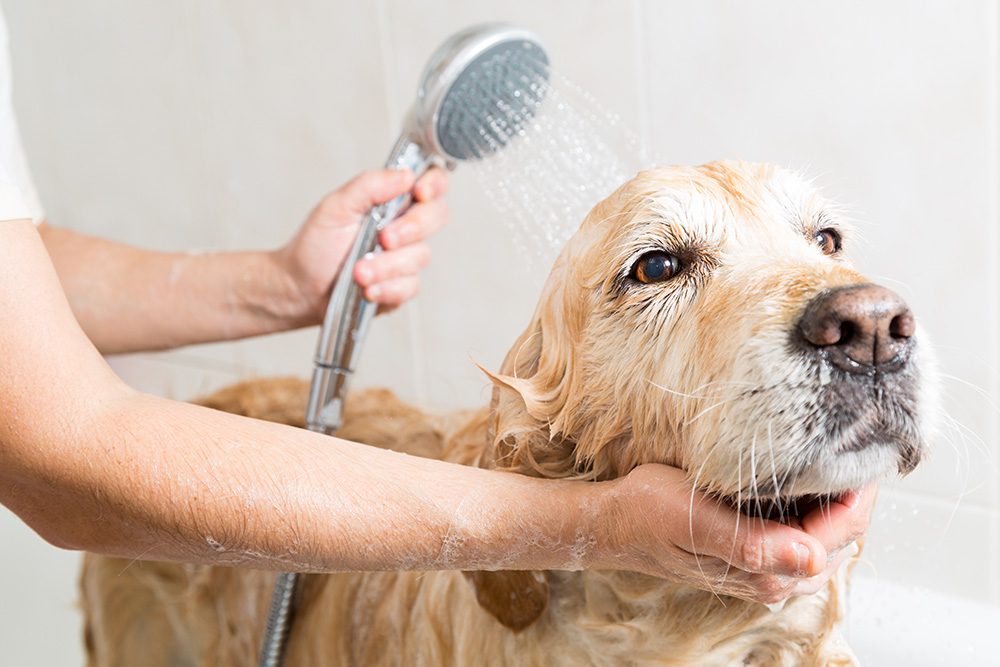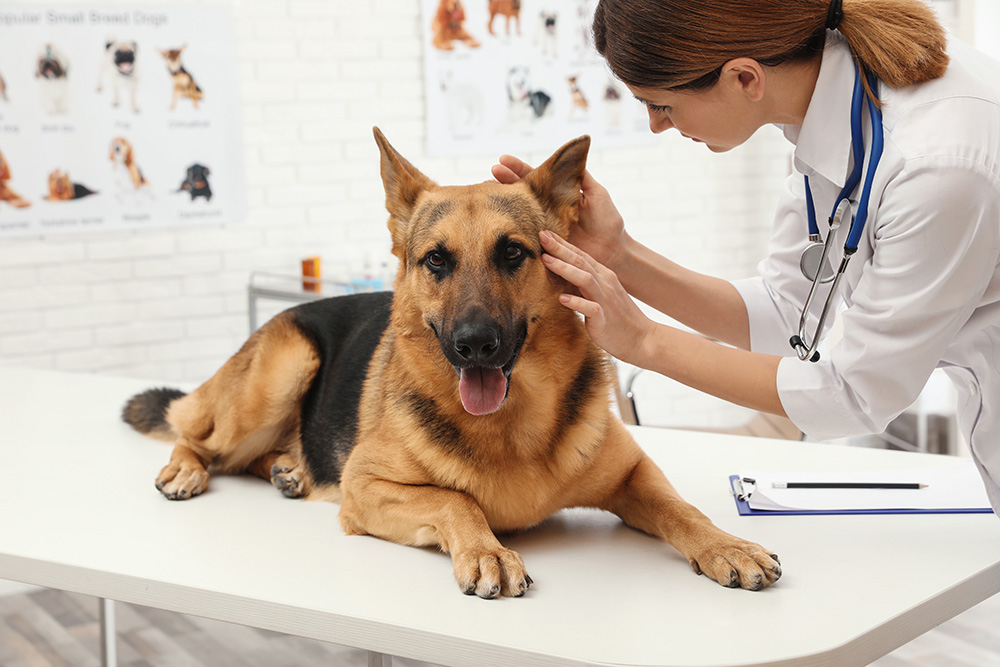
Did you know?
Keeping an animal for 15 days, according to the law makes you the owner!

Shelter Search Tip
- At the shelters make sure you let them know you are looking for your lost pet in case your pet is in quarantine, the medical area or has been sent to an animal hospital. Post a flyer at the shelter.
- Photos of lost pets brought to our shelters are posted on our website within 1 hour of coming to our shelters. If you don’t see your pet, keep checking!

Deceased Pets List
We maintain a list of deceased cats and dogs picked up by Animal Care Officers. This list provides descriptions and no photographs.
Resources
When a beloved pet dies, it can trigger a range of emotions including a deep sadness. There are resources to help cope with the loss.
Pet Search Tool
Adoption Requirements
Requirements:
- Be 18 years old and have a valid photo ID.
- Meet any requirements for the specific pet you are interested in adopting.
- Understand that we reserve the right to deny the adoption of any pet for any reason.
- Understand all adopted cats and dogs are required by law to be spayed or neutered before going home with you.
Return Policy:
- Animals can be returned for illness or behavior problems within 14 days.
- No cash refunds. You will have 30 days to make another selection.
- Original receipt required.
Current Adoption Fees
These are the current adoption fees, unless a free pet adoption promotion is in effect.
Feline: $10
Canine: $20 (License: $36)
When you adopt a qualifying pet from Big Bear or Devore Animal Shelters, each qualifying adoption includes spaying or neutering, a microchip, and age-appropriate vaccinations. Additionally, all felines and canines are microchipped free of charge, thanks to the generous donations to the Animals aRe First Fund (ARFF). Our meet-and-greet areas provide the opportunity to interact with our pets and find the perfect match for you and your family.
Present, past, and future adopters from San Bernardino County Animal Shelters qualify for MetLife pet insurance—learn more at Animals aRe First Fund (ARFF).
* Adoption fees are waived for Veterans and for Seniors over the age of 65 for qualifying pets. If you are a Veteran, please bring a valid driver’s license or any type of identification with the word “VETERAN” printed on it.
Standard Adoption Fees
| Pet Type | Fees * | Age Range |
|---|---|---|
| Puppies | $20 | 8 – 16 weeks |
| Dogs | $20 | over 4 months |
| Dog license fee if in our jurisdiction | $24 – $120 | over 4 months |
| Kittens | $10 | 8 – 16 weeks |
| Cats | $10 | over 4 months |
| Chickens and other fowl | $5 | N/A |
| Rabbits | $5 | N/A |
| Exotics – birds, reptiles, etc. | 50% of retail | N/A |
| Birds | 50% of retail | N/A |
| Pigs | Starting bid $20 | N/A |
| Horses | Starting bid $50 | N/A |
| Donkeys | Starting bid $50 | N/A |
| Goats | Starting bid $20 | N/A |
Caring for Your Pet

Care for Dogs
What supplies do I need for my new dog?
- Puppy or Dog Food
- Food and Water Bowls
- Collar With an ID Tag
- Dog House and a Soft Bed
- Shampoo and Flea Medicine
- Pet Toothbrush/Paste Kit
- Chew Toys and Toys for Play
- Carrier or Pet Seat Belt
As a responsible pet owner, it is your job to ensure your dog is healthy and safe. Dogs need companionship, exercise, a collar and ID tag, food, water, and veterinary care. A pet is your responsibility to love and care for from the day he arrives until the day he dies.
Feeding
Premium-quality dry food provides a well-balanced diet for adult dogs and may be mixed with water, broth or canned food.
Puppies should be fed a high-quality, brand-name puppy food. Please limit “people food” because it can result in vitamin and mineral imbalances, bone and teeth problems and may cause very picky eating habits and obesity.
Clean, fresh water should be available at all times, and be sure to wash food and water dishes frequently.
Feeding by age:
- Puppies 8 – 12 weeks old need 4 meals a day.
- Puppies 3 – 6 months old need 3 meals a day.
- Puppies 6 months – 1 year need 2 meals a day.
- Dogs 1 year old and beyond – 1 meal a day is usually enough.
- For some dogs, including larger canines or those prone to bloat, it’s better to feed 2 smaller meals.
Exercise
Dogs need exercise to burn calories, stimulate their minds, and keep healthy. Exercise also tends to help dogs avoid boredom, which can lead to destructive behaviors. Supervised fun and games will satisfy many of your pet’s instinctual urges to dig, herd, chew, retrieve and chase. Individual exercise needs vary based on breed or breed mix, sex, age and level of health. If your dog is a 6 to 18-month adolescent, or if she is an active breed or mixed-breed from the sporting, herding, hound or terrier groups, exercise needs will be high.
Grooming
You can help keep your dog clean and reduce shedding with frequent brushing. Check for fleas and ticks daily during warm weather. Most dogs don’t need to be bathed more than a few times a year. Before bathing, comb or cut out all mats from the coat. Carefully rinse all soap out of the coat, or the dirt will stick to soap residue. For more information, view the ASPCA site’s grooming tips.
License and ID
All dogs 4 months old and older are required to be licensed. Follow your community’s licensing regulations. Attach the license to your dog’s collar along with an ID tag to help secure your dog’s return should he become lost. View more information on dog licenses.
Veterinary Care
Spaying and Neutering, One-time Surgery, Lifetime Benefit
Females are spayed – the removal of ovaries and uterus and males neutered – the removal of the testicles, ideally by 6 months of age. Spaying females prevents an infected uterus and reduces the risk of breast cancer, both serious medical problems. Neutering males prevents testicular and prostate diseases, some hernias and certain types of aggression.
Microchip
A microchip is a safe and painless, permanent ID that cannot fall off. If your dog gets lost, an Animal Control Officer, a shelter or a veterinarian clinic staff can scan the dog and get owner information. A microchip gives your pet a better chance of returning home.
Vaccines
Every dog should receive core vaccines. Your veterinarian will recommended noncore vaccines based on your geographical area and lifestyle.
| Age | Core Vaccines | Non Vaccines |
|---|---|---|
| 6 – 8 weeks | DHLPP (Distemper, Adenovirus, Leptospirosis, Parainfluenza, Parvovirus) | Bordetella |
| 10 – 12 weeks | DHLPP | Influenza, Bordetella, Lyme Disease |
| 16 – 18 weeks | DHLPP, rabies | Influenza, Bordetella, Lyme Disease |
| 12 – 16 months | DHLPP, rabies | Coronavirus, Bordetella, Lyme disease |
| Every 1 – 2 years | DHLPP | Influenza, Bordetella, Coronavirus, Lyme Disease |
| Every 2 – 3 years | Rabies | None |
Cost
The annual cost of food, veterinary care, toys and license is estimated to be over $700 for a small dog, $800 for a medium dog and $1000 for a large pooch. This figure doesn’t include capital expenses for spay/neuter surgery, collar and leash, carrier and crate.
Information provided by American Society for the Prevention of Cruelty to Animals (ASPCA).

Care for Cats
What supplies do I need for my new cat?
- Kitten or Cat Food
- Food and Water Bowls
- Litter Box & Litter
- Collar With an ID Tag
- Soft Bed
- Soft Brush or Comb
- Pet Toothbrush/Paste Kit
- Interactive Toys
- Scratching post or pad
- Cat carrier
As a responsible cat owner, it is your job to ensure your cat is healthy and safe.
Cats need companionship, a collar and ID tag, food, water, and veterinary care. A pet is your responsibility to love and care for from the day he arrives until the day he dies.
- Keep Your Cat IndoorsKeep Your Cat Indoors

- Collar and ID TagsCollar and ID Tags

- Keep Your Cat HealthyKeep Your Cat Healthy

Keep Your Cat Indoors
Cats can be a nuisance in the neighborhood. When allowed to roam, they can get into garbage cans, defecate in gardens, flowerbeds and sandboxes, cause traffic accidents, and contribute to pet overpopulation. They can also have a devastating effect on local wildlife- killing dozens, even hundreds, of songbirds and small mammals every year.
The most important reason to keep your cat inside is for his own safety. Indoor cats live 3-5 years longer because every time a cat goes outside they run the risk of being harmed or killed. Cats who live indoors from the start will never have the urge to roam around outside. Cats can be trained to accept being inside all the time.
Ideas for creating a stimulating indoor environment to keep your cat happy are:
- Cat toys that feel furry or feathery or have catnip inside.
- A scratching post at least 2 feet high.
- Pots of indoor greens for him to chew on.
- Adopt another animal for company.
- Play games and spend time with your cat.
With plenty of attention and lots to do inside, they won’t miss the great outdoors, which isn’t so great for cats.
Collar and ID Tags
No matter how careful you are, a cat may slip out the door and become lost. A collar and ID tag with your address and phone number will help get your cat back home. Use a breakaway style collar, so the cat can escape if the collar becomes snagged.
Keep Your Cat Healthy
Cats require basic care to stay healthy and happy. A nutritionally balanced diet is important for your cat and shelter staff or your veterinarian can help you select an adequate feeding program. Cats should see a veterinarian once a year for an examination and annual shots.
Veterinary Care
Spaying and Neutering, One-time Surgery, Lifetime Benefit
Spaying and neutering your cat is part of being a responsible pet owner. Females are spayed – the removal of ovaries and uterus and males are neutered – the removal of testicles ideally by 5 months of age. Spaying females eliminates uterine and ovarian cancer and greatly reduces the risk of breast cancer. Neutering males reduces the risk of prostate cancer and prostate disorders.
Neutered cats are less likely to spray and mark territory and will no longer go through annoying heat cycles. Spayed and neutered cats on average are healthier, live longer and make better, more affectionate companions.
Microchip
A microchip is a safe and painless, permanent ID that cannot fall off. If your cat gets lost, an Animal Care Officer, a shelter or a veterinarian clinic staff can scan your cat and get owner information. A microchip gives your pet a better chance of returning home.
| Age | Core Vaccines | Noncore Vaccines |
|---|---|---|
| 6 – 8 weeks | FVRCP | Bordetella, Chlamydia, FeLV, Feline, FIV, FIP |
| 10 – 12 weeks | FVRCP | Bordetella, Chlamydia, FeLV, Feline, FIV, FIP |
| 14 – 16 weeks | FVRCP | Bordetella, Chlamydia, FeLV, Feline, FIV, FIP |
| Every 1 – 3 years | Rabies | Bordetella, Chlamydia, FeLV, Feline, FIV, FIP |
Cost
The annual cost of food, litter, veterinary care and toys is estimated to be about $800 for a cat. This figure doesn’t include capital expenses for spay/neuter surgery, collar and leash, carrier and crate.
Information provided by American Society for the Prevention of Cruelty to Animals (ASPCA).







